Review of the musical instrument kobza
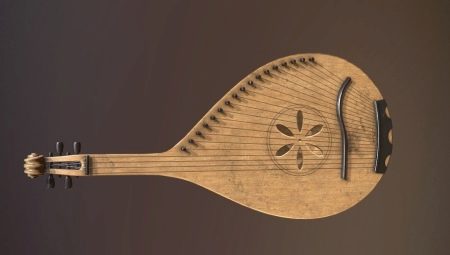
Our today's material is devoted to a review of an interesting instrument called kobza. You will learn what it is, where and when it appeared, as well as what the nuances of its sound are.
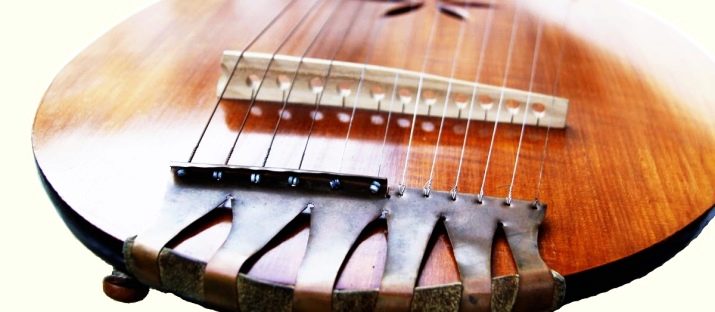
Description of a musical instrument
Kobza is a stringed plucked musical instrument with 4 or more paired strings. It consists of a pear-shaped body, resembling a lute in its shape, and a neck slightly curved back. There are 8 to 10 frets on the fretboard, although earlier copies were produced without them. Frets on old kobzas were made as follows: thin veins or intestines of animals were tied to the neck, which is why they were called obsessive.
Thin material quickly wore out and fell down, so often performers preferred to play fretless instruments.
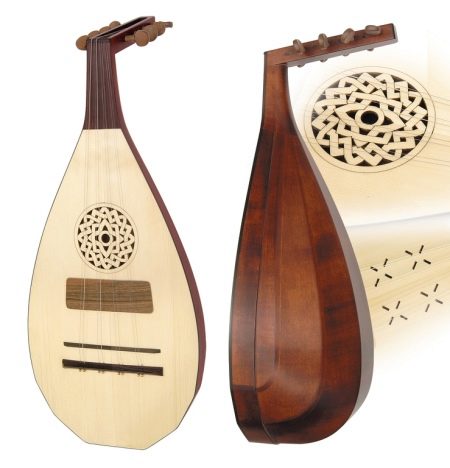
The upper part of the neck, called the head, is equipped with tuners designed to adjust the pitch of the strings. The number of strings on kobzas was different, so along with 4-string models, you could often see 10-string and 12-string instruments.
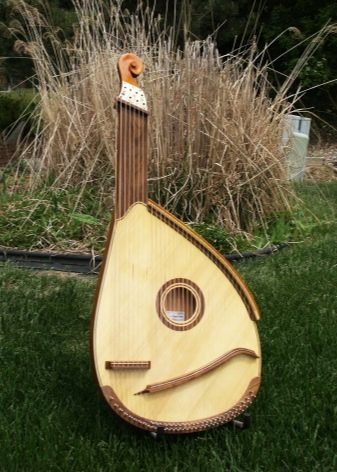
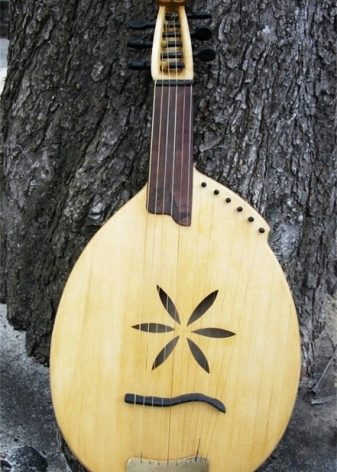
A distinctive characteristic of the kobza is the fact that not all strings were located along the neck, and some of them were pulled on the deck according to the gusel principle. As for the size of the case, in the XVI-XVII centuries it had a length of 50 cm and a width of 30 cm, modern kobzas are produced in four sizes: soprano, alto, tenor and double bass. They played the kobza using a special plectrum or pick, which is a bone or metal plate, and in the earlier period they used a goose feather or a ring with a "claw" put on a finger (mizrab).

History of appearance
Kobza is a fairly ancient musical instrument, the first mention of which dates back to the 10th century.It is generally believed that it is Western Ukrainian, however, in Slavic and non-Slavic written sources dated before 1250, kobza is mentioned as a musical instrument in a number of different Eastern European countries. So, in Croatia it was kopus, in Hungary - koboz, in Romania - cobza, and even in Turkey there was a similar kind of instrument called kopuz. From this we can conclude that it was on the lands of Western Ukraine that the kobza acquired its final appearance, which has survived unchanged to this day, and its varieties were found long before that in the territories of modern Poland, Moldavia, Hungary and Romania and were the prototypes of the Turkic and Bulgar lute-like instruments.


Over time, kobza became widespread among the peasants and the Ukrainian Cossacks and became a favorite instrument of both the broad masses and the nobility. In some Danish sources dating back to the 17th century, the kobza is described as a miniature lute with a small number of strings and is defined as a Cossack lute. In addition, it is known for certain that Bohdan Khmelnytsky in 1656-57, using an informal friendly atmosphere, played the kobza in front of his guests - the Swedish delegation headed by K. Hildebrandt.


At the turn of the 17th and 18th centuries, kobza undergoes some changes and acquires additional strings, as evidenced by the sketches of those times, but whether this phenomenon was massive, or such a "modernization" is a local invention of individual masters is unknown. Despite its wide popularity, by the middle of the XVIII century. kobza began to noticeably yield to the more complex and modern bandura, and from about 1850 it finally lost its popularity.
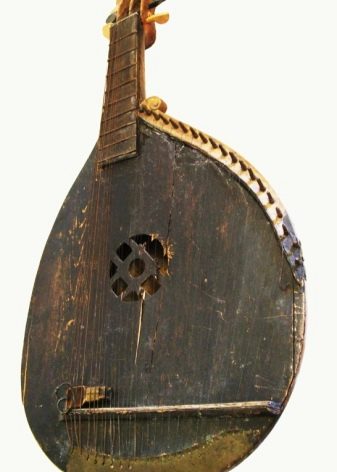

The instrument began to revive only at the beginning of the 20th century and owes its second birth to the Ukrainian musician Pavel Konoplenko-Zaporozhets. It was he who, in 1917, found an old kobza in Kiev and took it with him to emigrate to Canada. The instrument had 8 strings located on the fretboard, and 4 triple strings stretched on the deck like gusli and called "strings". Konoplenko even recorded a disc of playing the kobza, which aroused a keen interest of specialists in this ancient instrument, thereby saving it from undeserved oblivion.
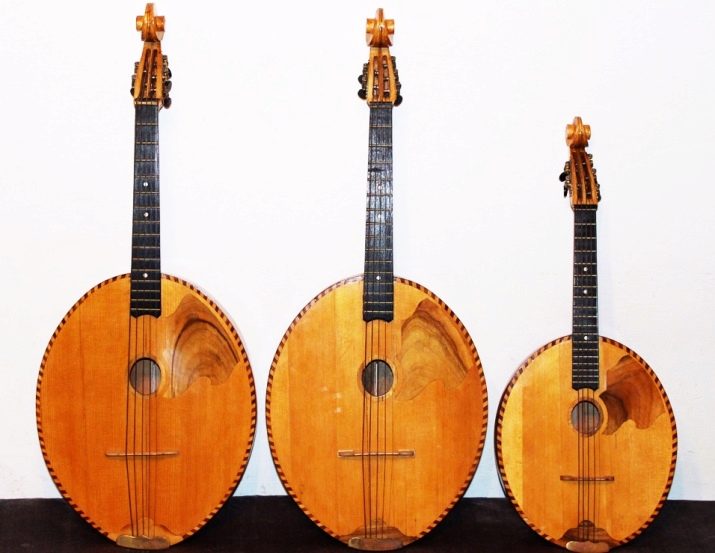
In the second half of the last century, namely in 1976, the Ukrainian guitarist, conductor, famous master-restorer, designer and researcher of Ukrainian folk instruments Nikolai Antonovich Prokopenko wrote his doctoral dissertation on the revival of the musical folk instrument kobza. Moreover, he proposed to the Ministry of Culture of the Ukrainian SSR to replace teaching domra in children's music schools with teaching kobza. However, then Prokopenko's proposal was rejected, and only after almost half a century, the kobza in Ukraine began to revive. At present, the Ukrainian musical movement "Academic Folk Instruments", created at the Kiev Conservatory, and the organization "Guild Kobzar", whose branches are located in Kiev and Kharkov, are actively involved in this.
In addition, in the city of Pereyaslavl-Khmelnitsky, the Museum of Kobzar Art was created, in the funds of which there are about 400 exhibits directly related to the history of the Ukrainian folk instrument.

How does it sound?
Kobza has a quarter-fifth scale and has a very soft melodic sound. Due to the gentle sound that does not drown out other participants in the concert, she is often used as an accompanist for violin, flute, clarinet and flute. The wonderful sound and special expressiveness of the kobza sound is achieved through various playing techniques: plucking, harmonic, legato, brute force and tremolo. The instrument is very well suited for performing complex pieces of music, which is why it can often be seen in various folklore ensembles.
As an example, we can cite such groups as the Ukrainian National Academic Orchestra of Folk Instruments, which successfully performs at the best concert venues in the world, the Romanian and Moldavian Folk Orchestra.










